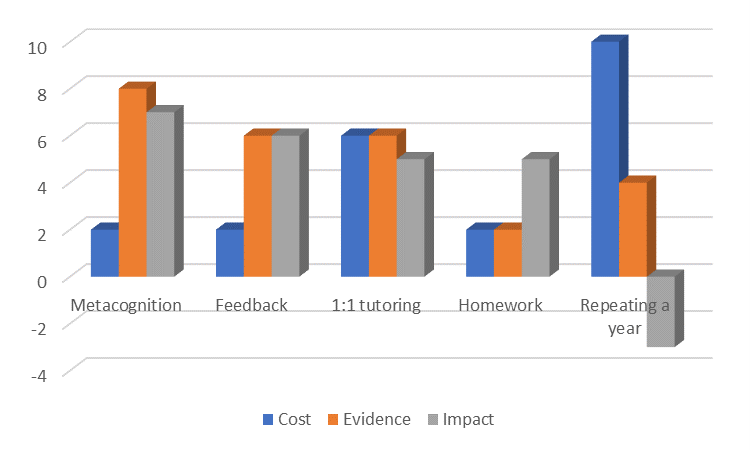Close the feedback loop
Have you ever experienced this? You spend a good chunk of your evening correcting student homework, assessments, or tests providing lots of feedback and advice on where and how to improve, only to go into class the next day and have students glance at their corrected work and put it away in their bag!?
This is a common occurrence unfortunately, and while strategies have been developed to get students to engage with feedback before looking at their summative score, the fact remains that closing that loop is difficult.
This is where Nurture shines.
Avoid student disengagement
Do you know what the number one cause of student disengagement from feedback is?
Ego
Kluger & DeNisi (1996) conducted a review of 3,000 research reports on feedback. Their findings are shocking:
- Of the 3,000 reports only 131 were methodologically rigorous enough to be included for further study
- Of these 131, most found feedback increased achievement
- However, 38% of these studies found feedback decreased achievement!
The question then is, how did 38% of these studies find a decrease in achievement? The answer is ego. In all of those studies, the feedback focused on "feedback on the self" or provided some combination of feedback that included a score. Further research showed that including scores activates the student ego, which therefore provokes an emotional response—reducing their engagement with feedback. This is why strategies such as "comment only marking" and "withholding grades" are suggested.
To maximize student engagement with feedback, it's imperative that the ego response is delayed.
Nurture does this in two meaningful ways. Firstly, Nurture uses the "withholding grades" method—a strategy most teachers are familiar with and have used at some stage in their career. However, it's difficult to meaningfully implement in the physical classroom.
Secondly, Nurture requires the student to reflect on their assessment/feedback.
Reflect to unlock grades
As discussed, one major benefit of delaying the ego response is increased engagement with the feedback. However, simply locking the grade behind a button isn't enough. Instead, Nurture engages students in self-reflection by asking them to comment on three things they learned, two things they found interesting, and one question they're still left with. For younger students, we also offer reflection via emojis and optional free text as they may not have the necessary metacognitive function to conduct a 3-2-1 yet.
Doing this develops the student's metacognition which, as evidenced in the table below, has been shown to have the highest impact on student obtainment with little to no cost based on substantial evidence.
This video demonstrates how Nurture closes the feedback loop.
